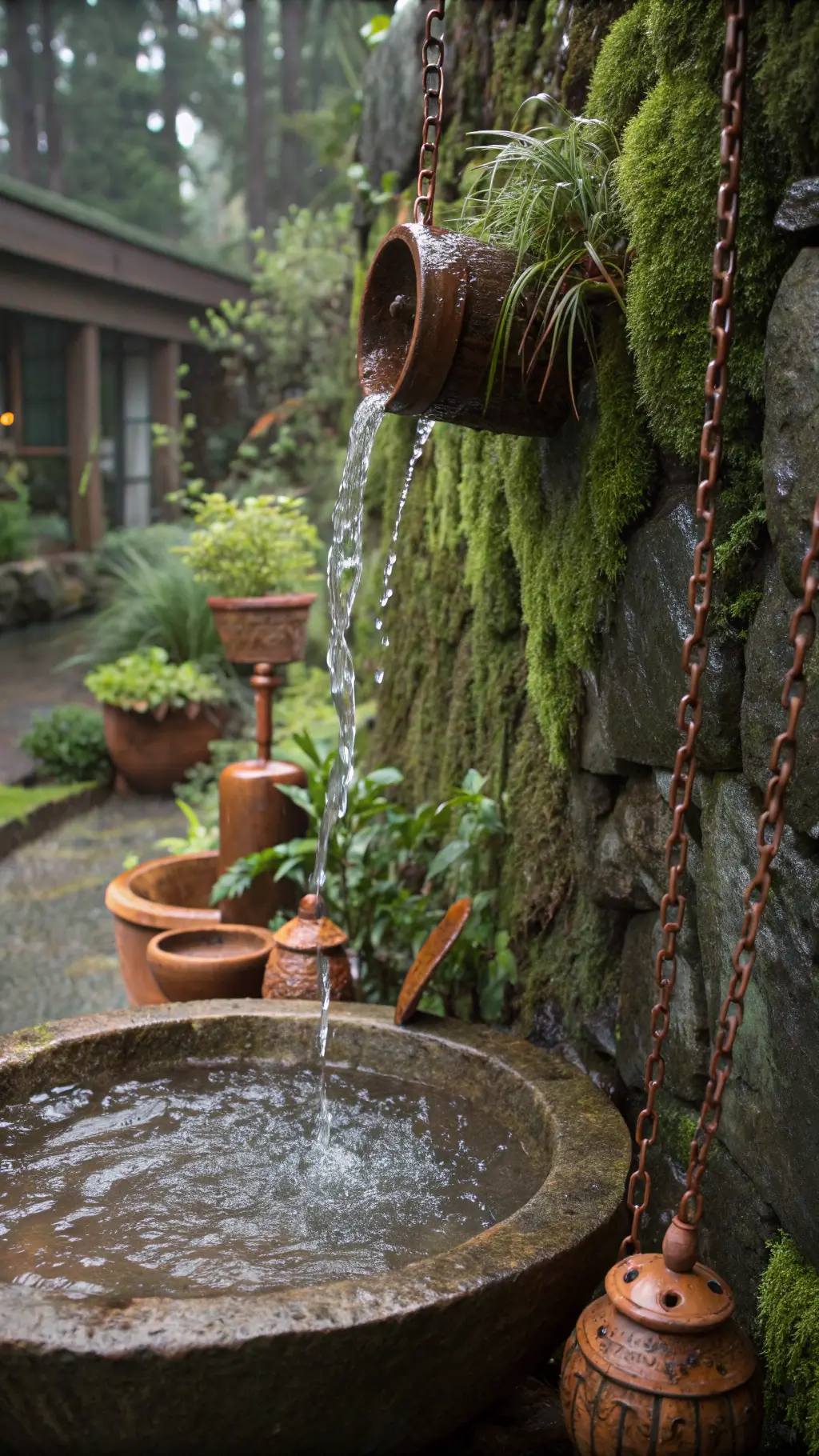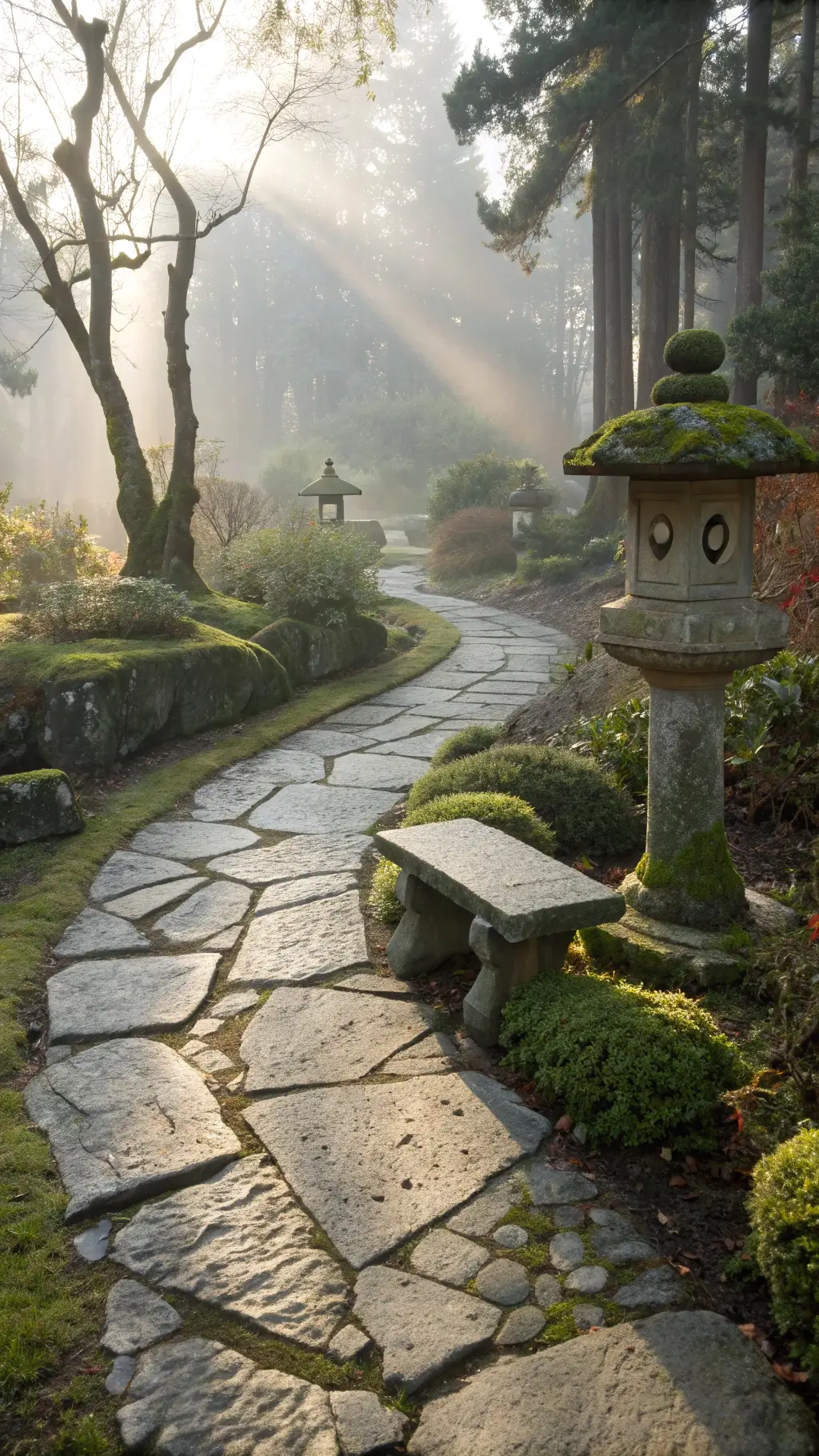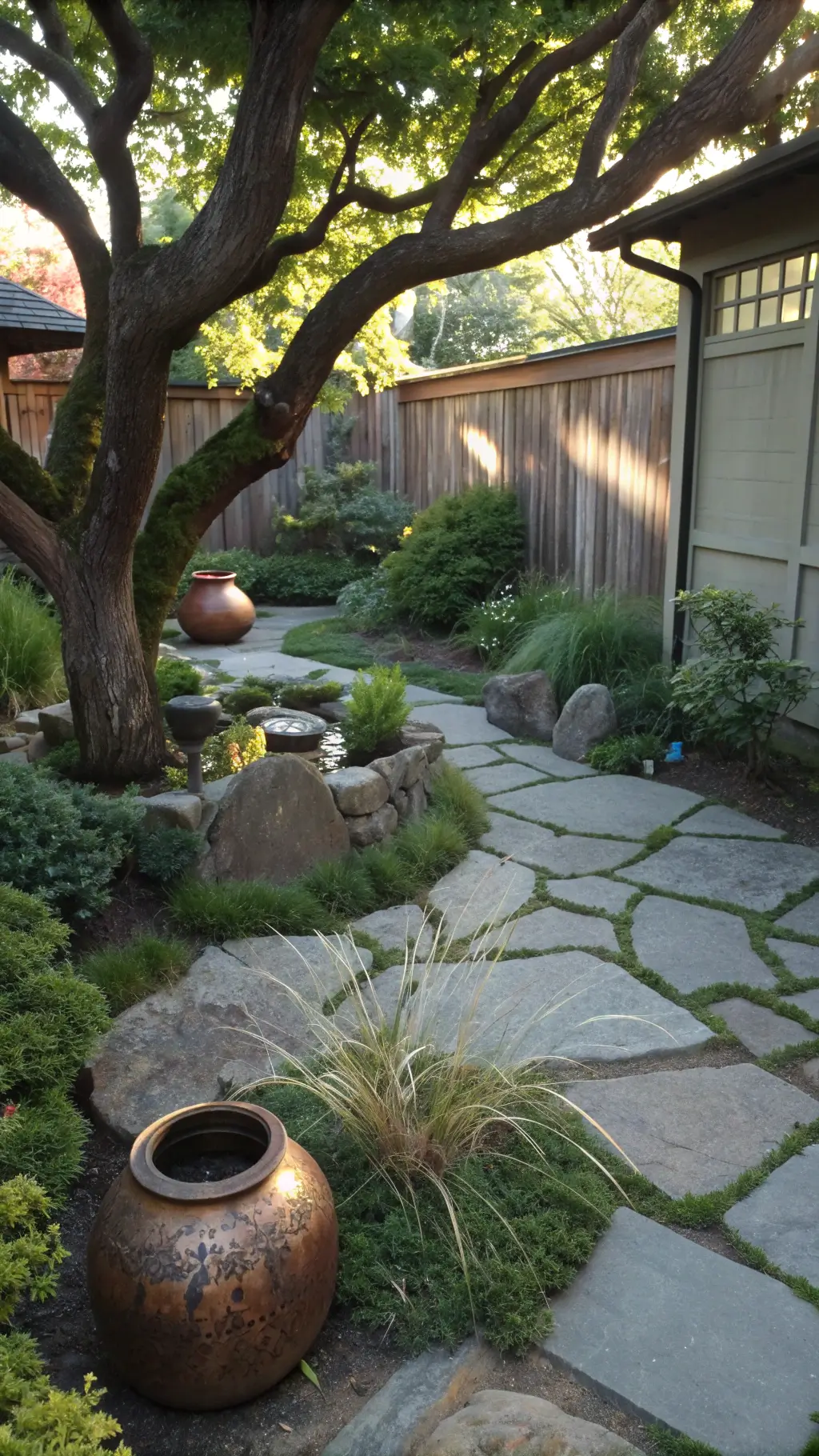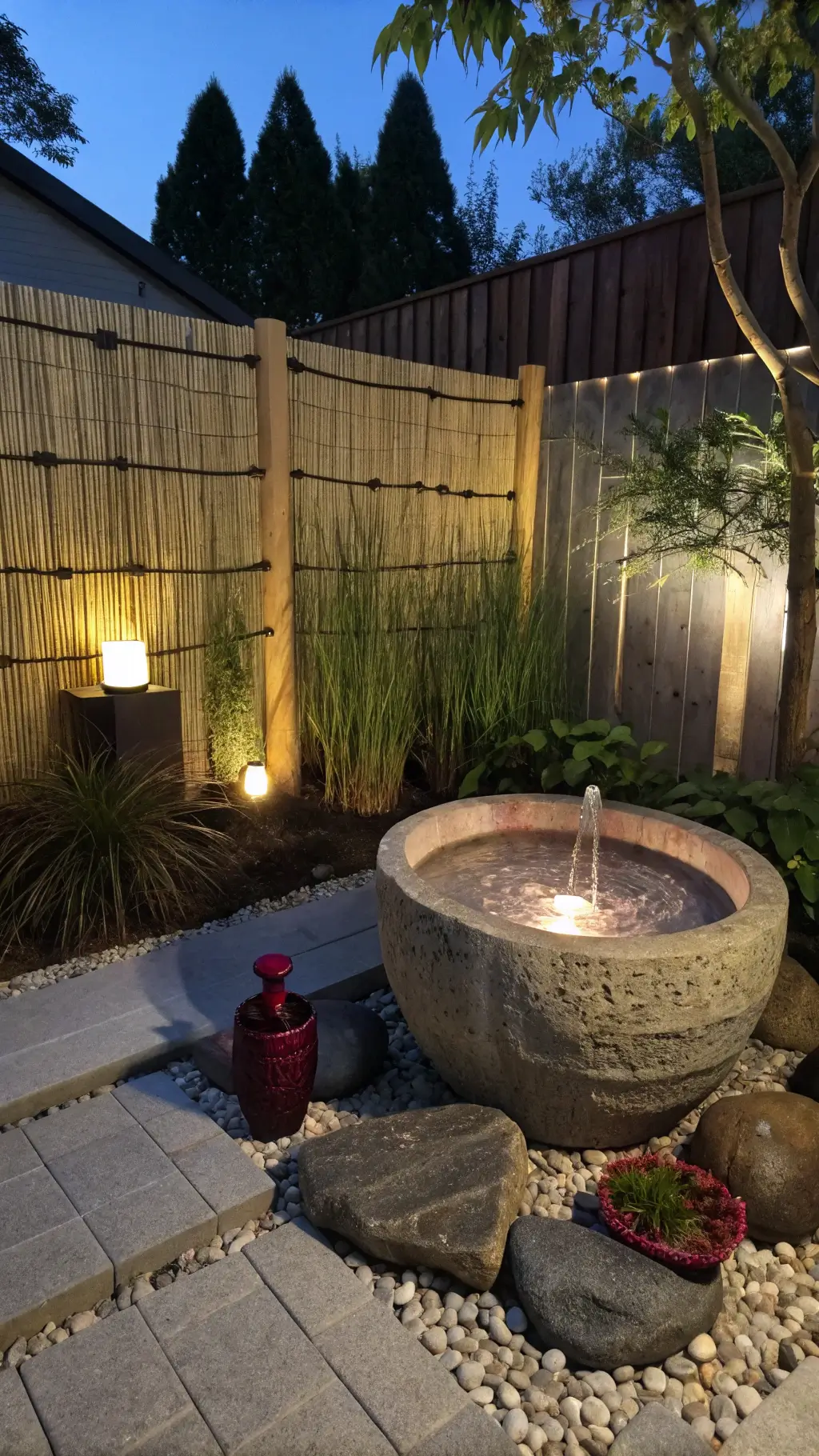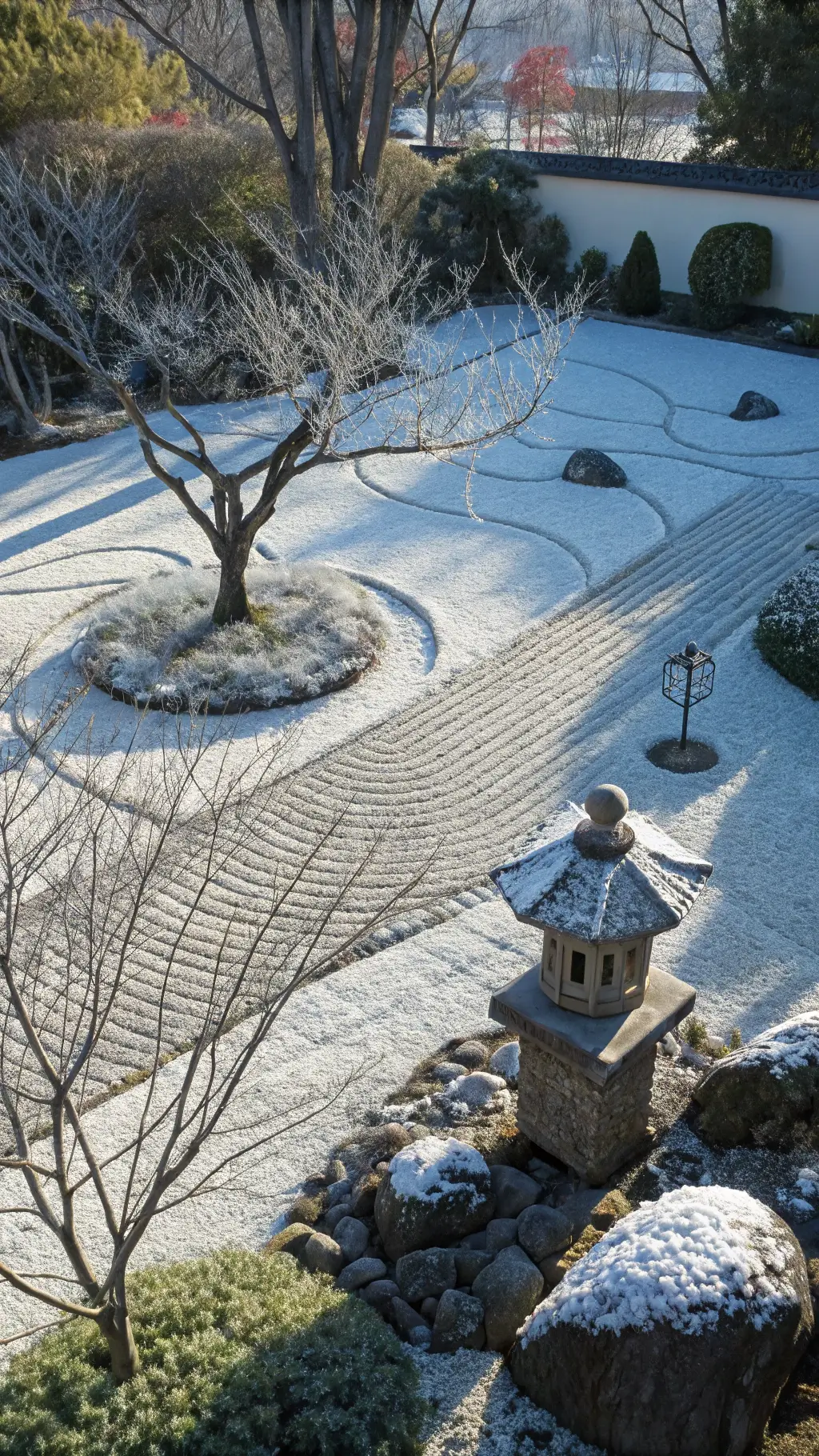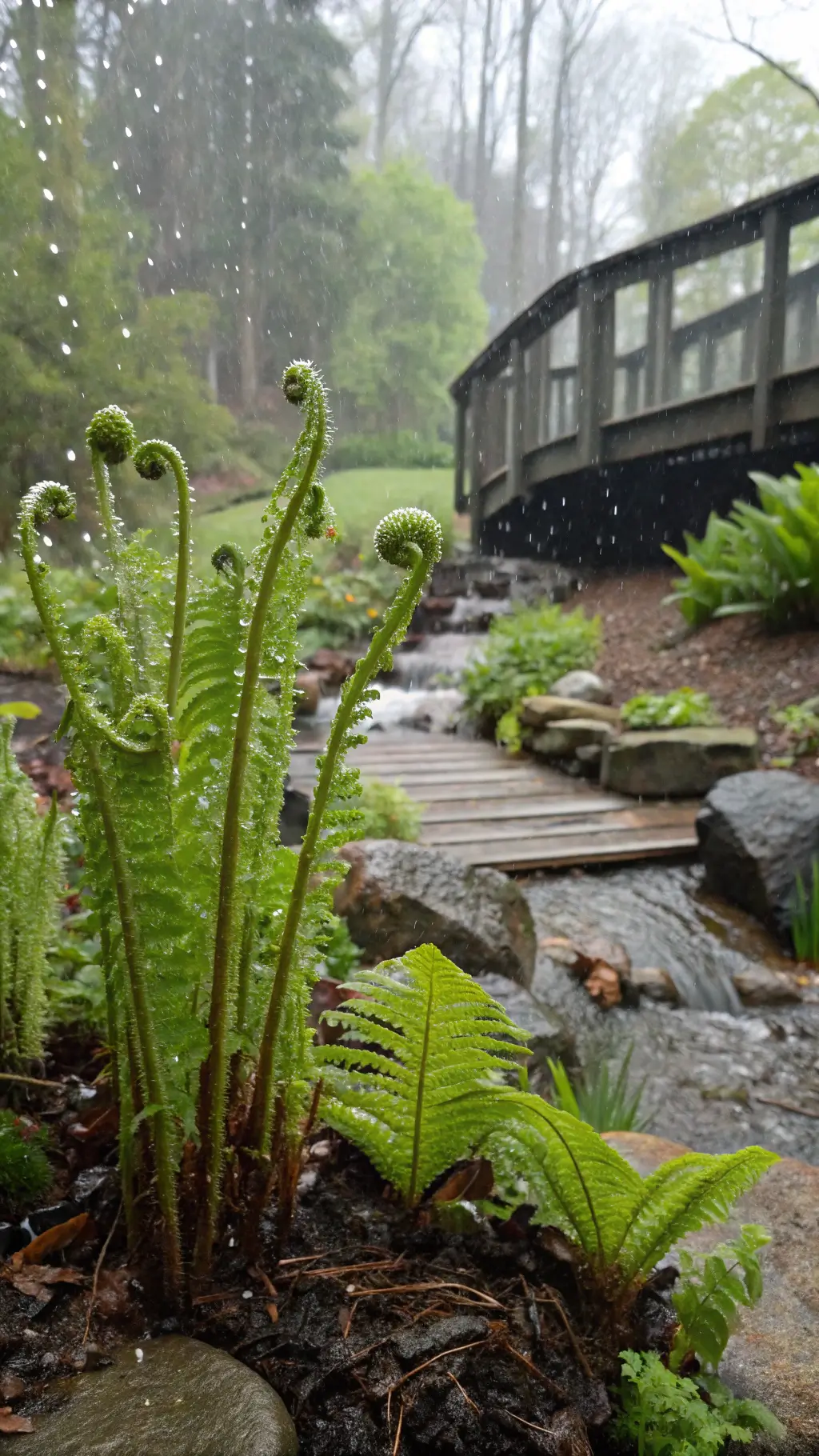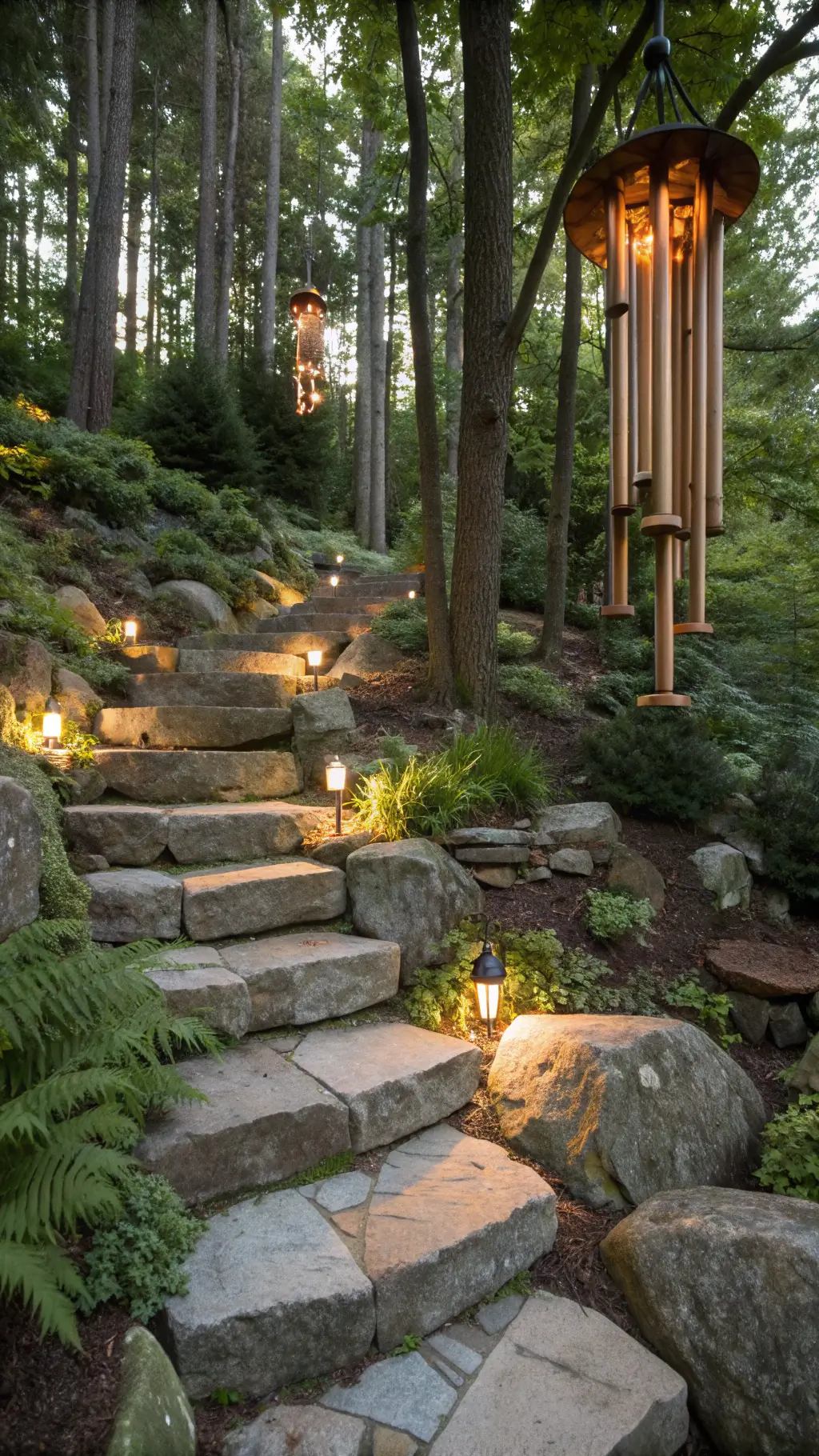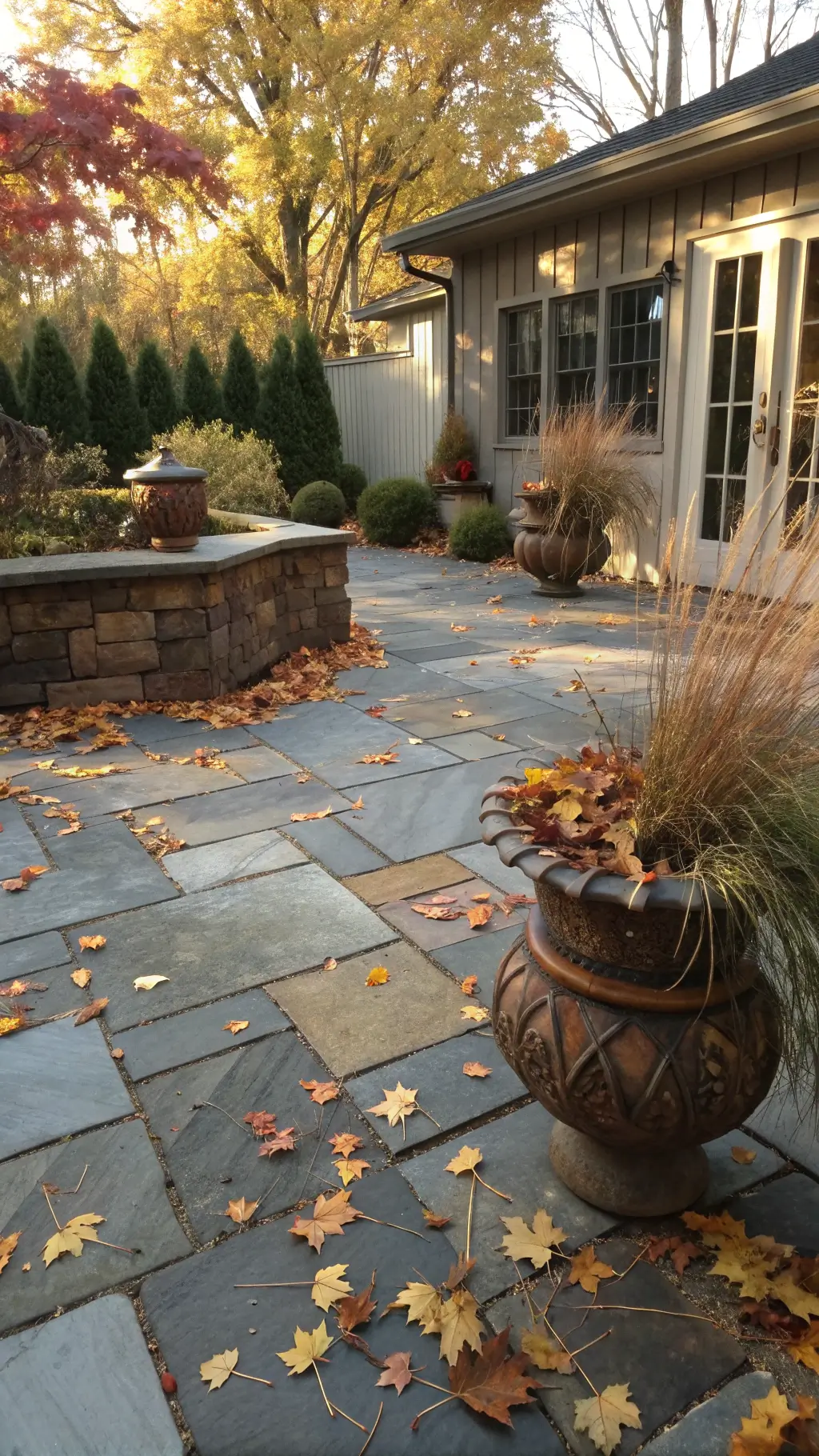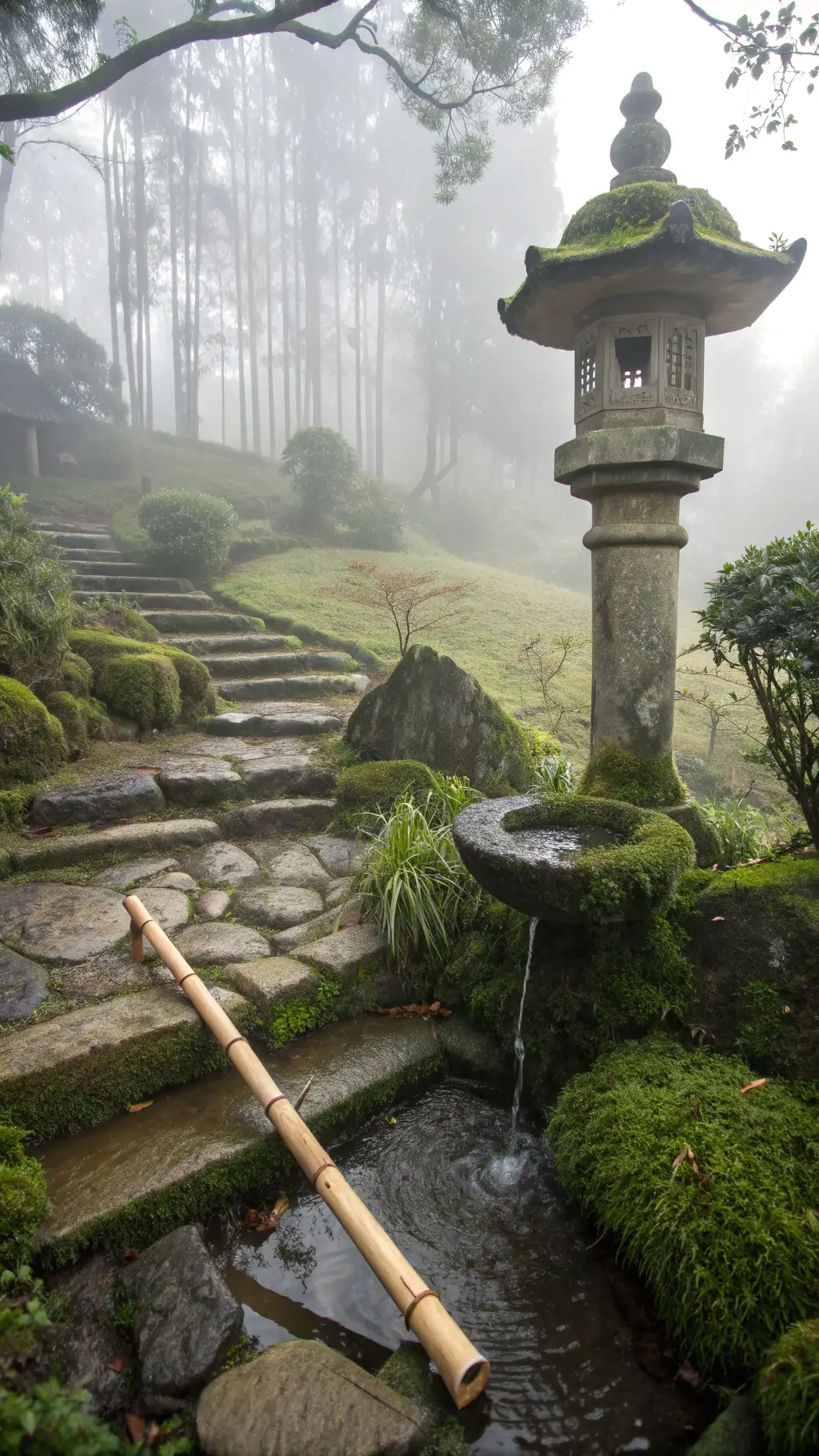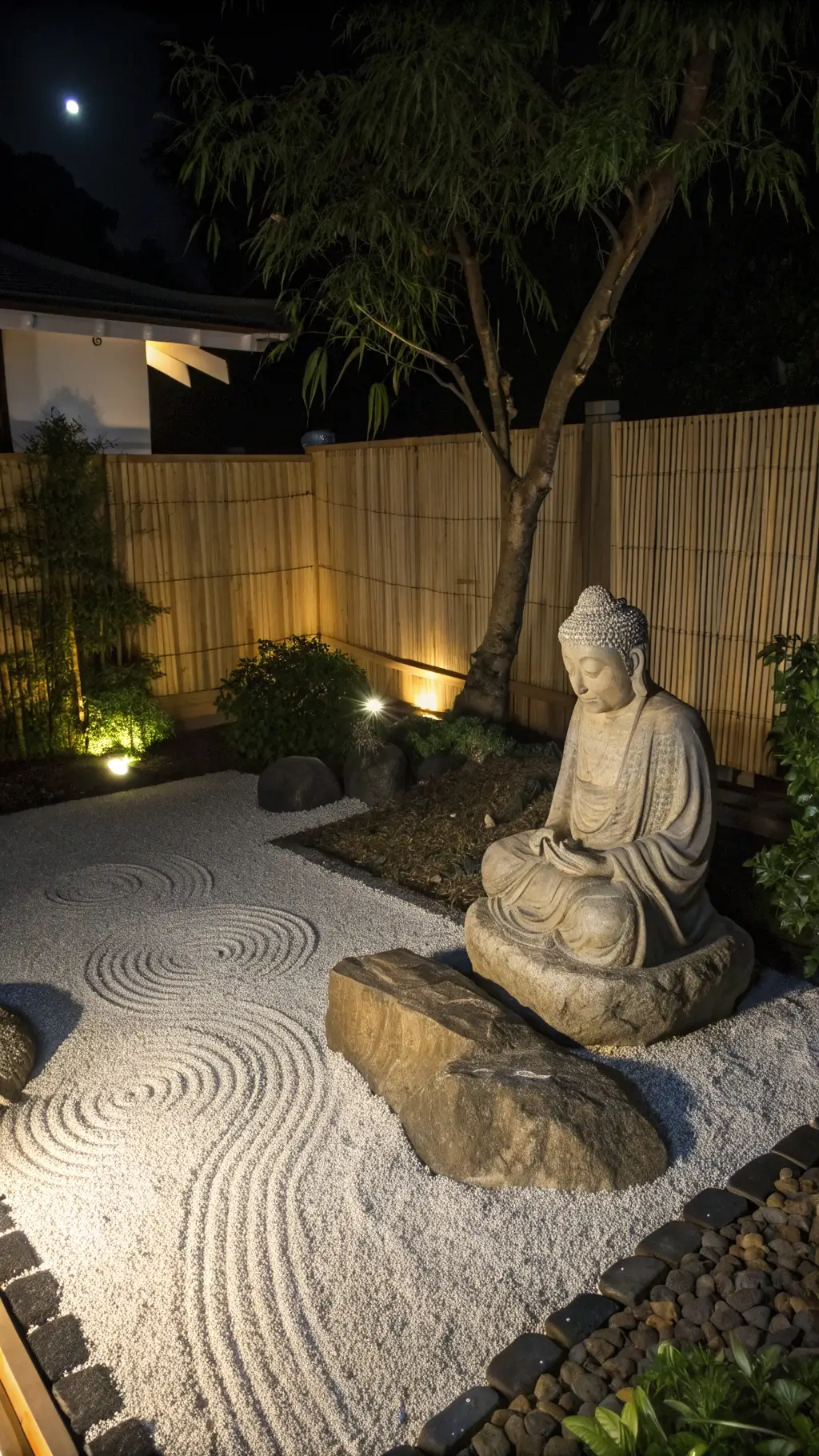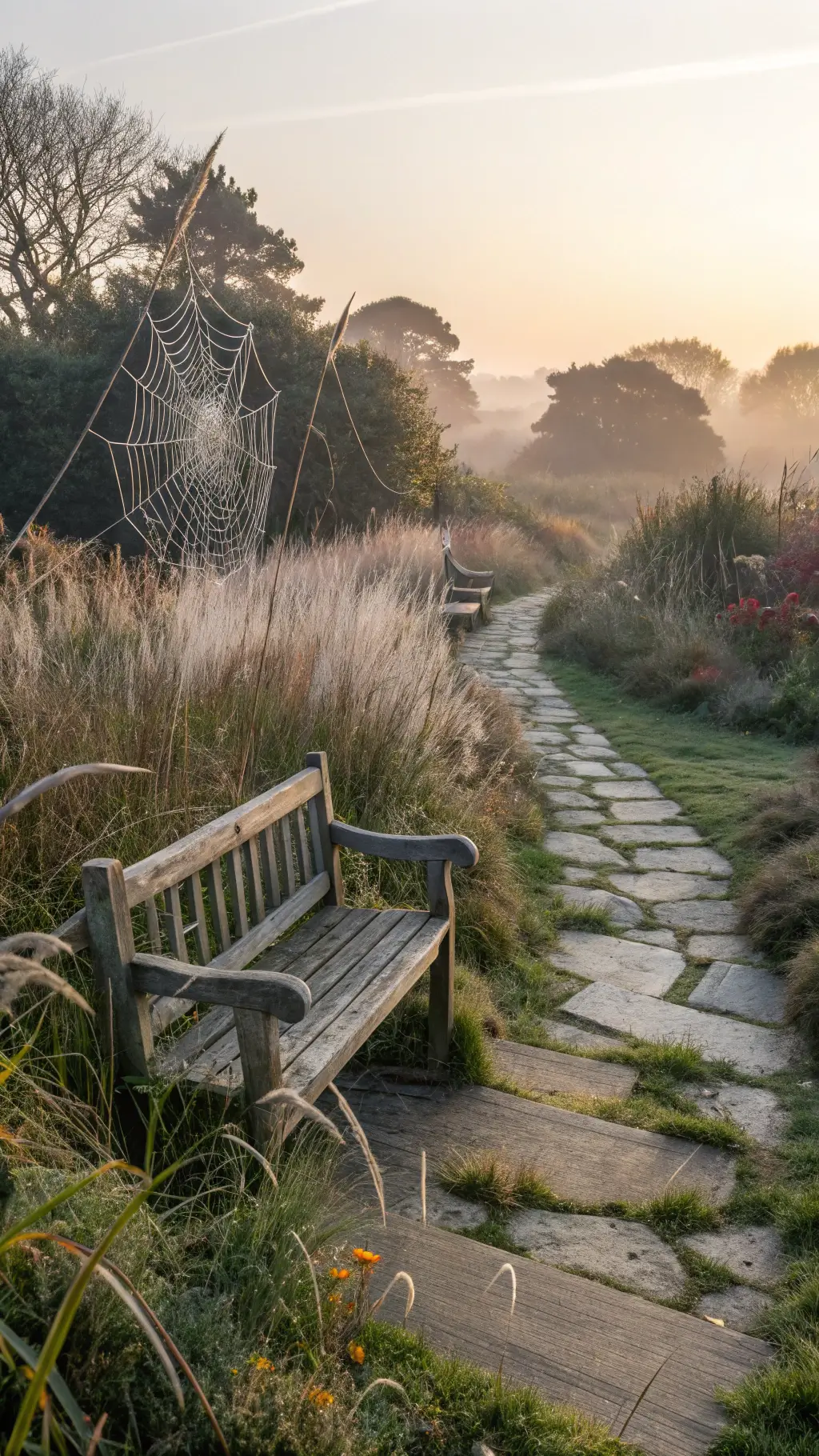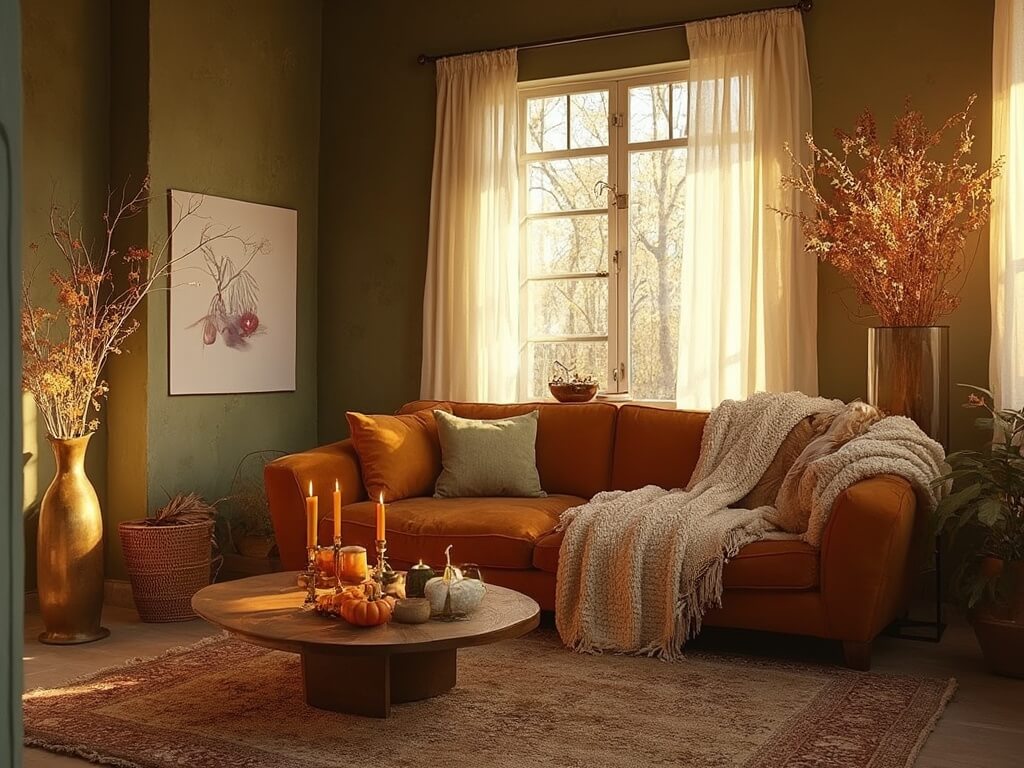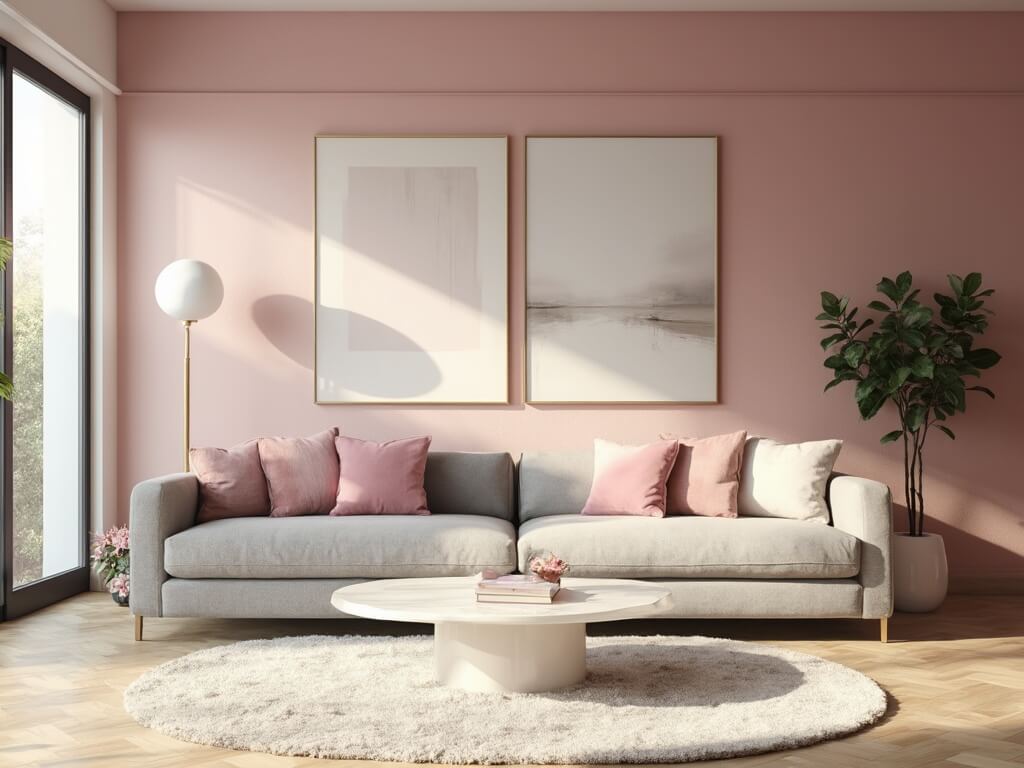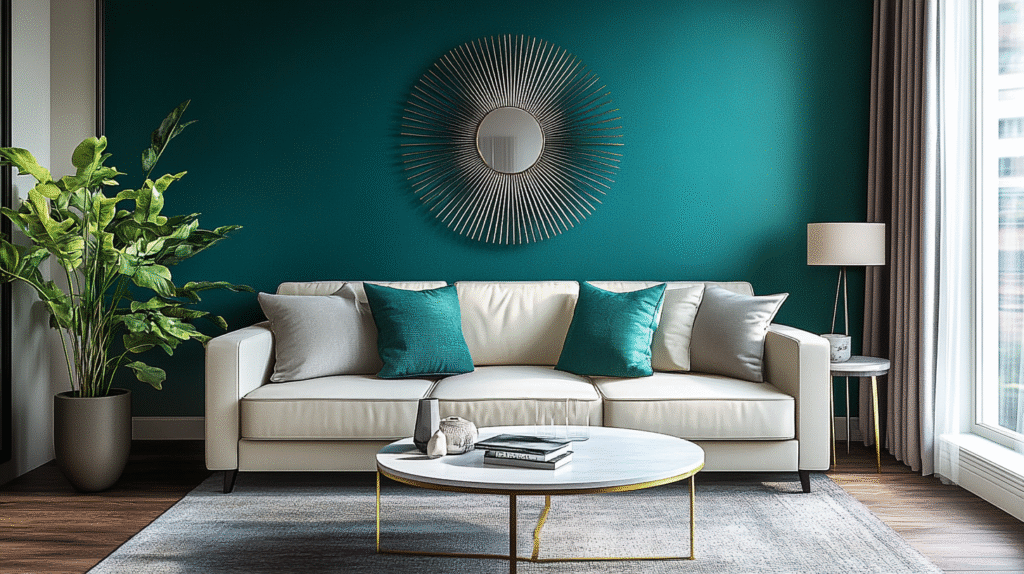Wabi-Sabi Garden: Embracing Imperfection and Natural Beauty in Your Outdoor Space
My love for gardens has always been about capturing moments of raw, unfiltered beauty. When I discovered wabi-sabi, it was like finding a secret language that speaks directly to the soul of nature.
Wabi-Sabi Garden: A Quick Design Guide
What Makes a Wabi-Sabi Garden Special?
Imagine a garden that doesn’t fight against time, but celebrates it. That’s the essence of a wabi-sabi garden—a space where imperfection isn’t a flaw, but the most beautiful feature.
Quick Project Snapshot:
- Time Investment: 1-2 weekends to establish
- Budget: Flexible from found materials to artisan pieces
- Skill Level: Beginner to intermediate
- Space Requirements: Works in ANY size – balcony to backyard
Key Design Principles
Core Aesthetic Elements:
- Muted earth tones
- Natural materials: stone, weathered wood, moss
- Celebration of asymmetry and change
- Minimal, intentional design
Essential Styling Components
Must-Have Features:
- Moss-covered stones
- Weathered wood elements
- Meandering stone path
- Understated natural accessories
Pro Styling Tips:
- Layer textures thoughtfully
- Embrace negative space
- Allow natural aging and patina
- Focus on subtle seasonal changes
Creating Your Wabi-Sabi Garden: Step-by-Step
Step 1: Ground Preparation
- Clear the space
- Remove unnecessary clutter
- Keep natural “earned” elements
Step 2: Foundation Layout
- Create a gentle, meandering path
- Place stones slightly off-center
- Allow breathing room between elements
Step 3: Plant Selection
- Choose native, low-maintenance plants
- Incorporate moss in shaded areas
- Allow self-seeding and natural growth
Seasonal Considerations
Winter:
- Showcase bark textures
- Highlight branch silhouettes
- Keep minimal, stark beauty
Spring:
- Celebrate new growth
- Allow delicate blossoms
- Maintain open, uncluttered spaces
Summer:
- Embrace lush greens
- Create cool, shaded areas
- Use native grasses
Autumn:
- Keep fallen leaves
- Display seed heads
- Enjoy changing color palette
Budget-Friendly Tips:
- Use found stones
- Repurpose weathered wood
- Encourage moss growth
- Minimize purchased accessories
Sharing Your Wabi-Sabi Journey
Perfect Social Media Captions:
- “Finding beauty in imperfection”
- “Seasons whisper their secrets”
- “Embracing nature’s quiet moments”
Keywords for Inspiration:
- Wabi-sabi garden
- Minimalist landscape
- Natural garden design
- Zen outdoor spaces
